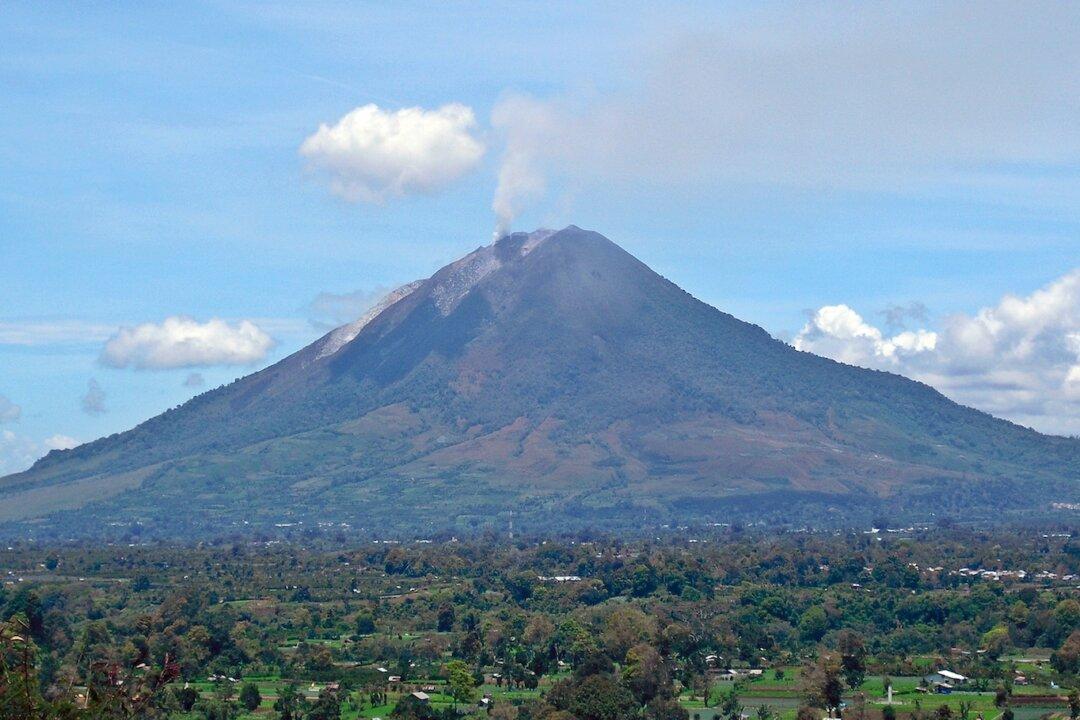Indonesian volcano Mount Sinabung erupted on Wednesday, Sept. 27, billowing smoke as high as 1.5 miles, the Darwin Volcanic Ash Advisory Centre reported.
Video of the eruption was posted on Twitter by Aisyah Llewellyn, a freelance journalist in Indonesia. Some have mistaken the volcano in her footage for Mount Agung in Bali, which lies 1,400 miles east and is suspected to imminently erupt, prompting over 81,000 to evacuate.





